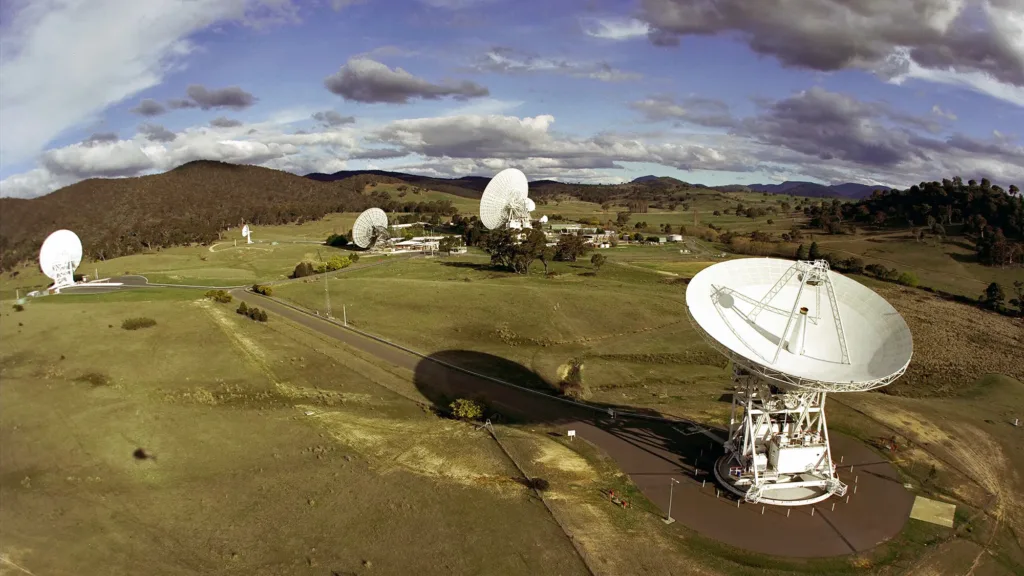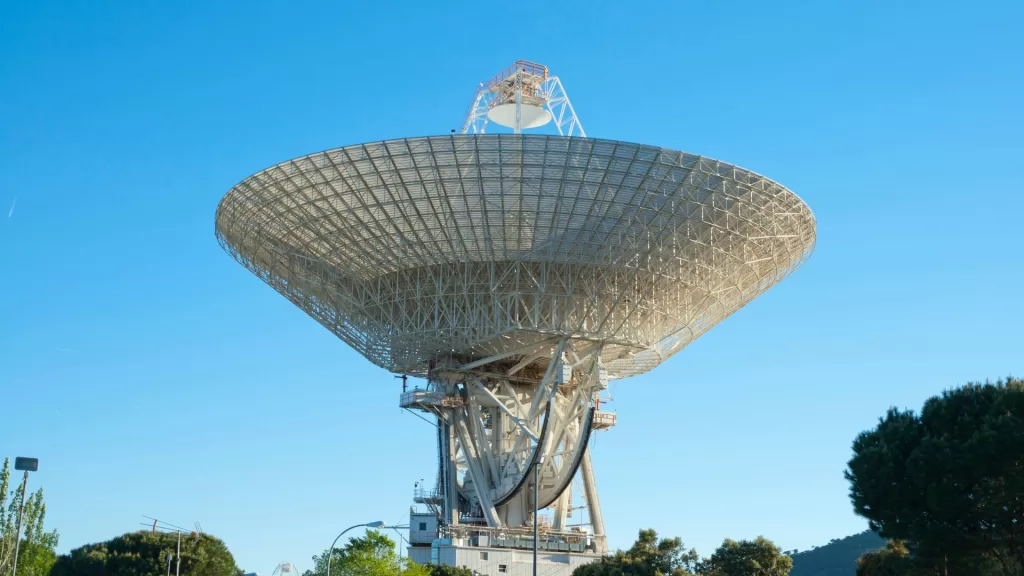
NASA’s Deep Space Network (DSN) represents the world’s most extensive and sensitive telecommunications system dedicated to space exploration, operated by the Jet Propulsion Laboratory (JPL). This remarkable network comprises three strategically positioned facilities across California, Spain, and Australia, ensuring uninterrupted communication with interplanetary spacecraft and facilitating groundbreaking scientific investigations.
Overview of the Deep Space Network
The DSN is NASA’s international array of giant radio antennas that supports not only interplanetary missions but also some Earth-orbiting spacecraft. It plays a vital role in radar and radio astronomy observations, enhancing our understanding of the solar system and the wider universe.

Key Features of the DSN
Global Coverage: The DSN’s three facilities—Goldstone in California, Madrid in Spain, and Canberra in Australia—are spaced approximately 120 degrees apart in longitude. This strategic placement allows for continuous communication with spacecraft as the Earth rotates, ensuring that when one site loses contact, another can pick up the signal seamlessly.
Advanced Antennas: Each DSN site houses multiple large antennas, including a notable 230-foot (70-meter) diameter antenna, capable of tracking spacecraft tens of billions of miles away. These antennas are equipped with ultra-sensitive receiving systems that can detect incredibly faint radio signals, providing a crucial link for spacecraft operations.
Functions of the DSN
The DSN is more than just a collection of antennas; it serves several critical functions:
Command and Control: The DSN monitors the health and safety of spacecraft, allowing mission teams to send commands and receive vital data.
Scientific Investigations: The network supports scientific research that explores asteroids, planetary interiors, and more, contributing significantly to our understanding of celestial bodies.
Locations of the DSN
- Goldstone Deep Space Communications Complex (California, USA)
- Madrid Deep Space Communications Complex (Spain)
- Canberra Deep Space Communications Complex (Australia)
Each complex is equipped with multiple antenna stations designed to maintain continuous communication with various spacecraft.
Conclusion
NASA’s Deep Space Network stands as a testament to human ingenuity, facilitating our exploration of the universe and providing invaluable insights into our solar system. As we continue to push the boundaries of space exploration, the DSN remains an essential lifeline connecting us to the vast cosmos.


